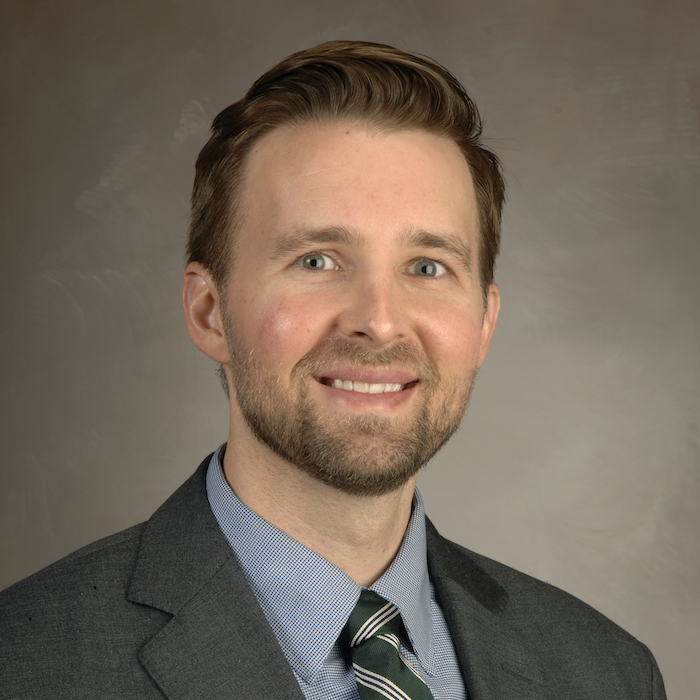Rotator Cuff Tear
The rotator cuff is a sleeve of four muscles that surrounds the shoulder and help provide stability and function. Tears in the rotator cuff may occur after a forceful injury to the shoulder such as a fall. In other cases, wear and tear on the shoulder may lead to the development of rotator cuff tears over time. In some small rotator cuff tears, the sleeve may be damaged, but not completely severed (partial-thickness tears). Complete, or full-thickness, tears occur when the sleeve of tendon pulls away from the bone at a certain location. As these full-thickness tears become larger, they may even involve more than one of the four rotator cuff tendons. Depending on the location and size of the tear, patients may experience pain with shoulder activity, difficulty sleeping, weakness, difficulty lifting the arm, or even shoulder instability (shoulder coming out of socket).
While some rotator cuff tears may respond well to physical therapy or corticosteroid injections, many require surgical repair to re-attach the tendon back to the bone. This is an outpatient surgery which is performed arthroscopically in a minimally-invasive fashion. After anesthesia is given, three to four small incisions (under ¼" each) are made around the shoulder. A camera (arthroscope) is placed in the shoulder joint and using special instruments, the rotator cuff is evaluated and prepared for repair. Special suture tools called anchors are drilled into the bone, and the sutures are passed through the torn rotator cuff to reattach it back to its anatomic position. The number of anchors used depends on the size of the rotator cuff tear.
After surgery, the patient is placed in a sling and the shoulder is immobilized to allow time for the rotator cuff tendons to heal to the bone. It is normal to notice a decreased range of motion initially; it is desired, and represents the expected consequence of fixing the rotator cuff. Over the following three months, the range of motion is restored and strengthening is started.
Further information on this injury can be found in this handout, or on the AAOS OrthoInfo website, an orthopaedic resource center providing expert information.
Irreparable Rotator Cuff Tears
In some rare cases, patients may have a large rotator cuff tear that is unable to be repaired. These tears are called "irreparable". This situation may occur if a tear has been present for an extended period of time, and the rotator cuff muscles themselves have begun to degenerate (atrophy). In this case, options may exist to help restore shoulder function. These options may include re-routing muscle to replace the injured rotator cuff muscle (muscle transfer), or shoulder replacement (reverse shoulder arthroplasty). Please see this article on reverse shoulder arthroplasty from the AAOS OrthoInfo website, an orthopaedic resource center providing expert information.
